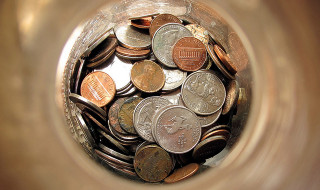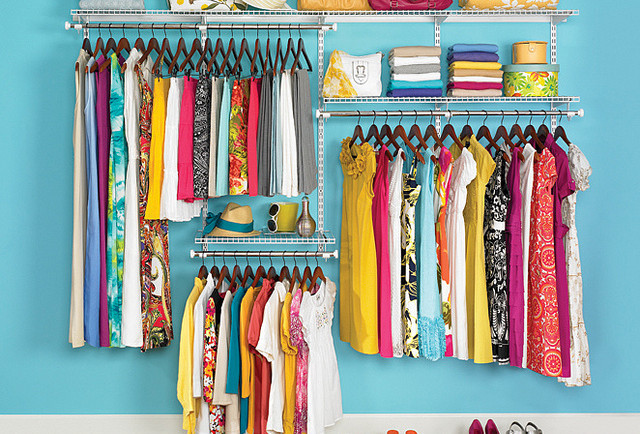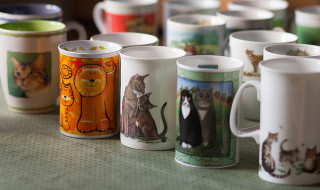Do you want to share your beautiful memories captured on videos but think that it needs extra effects or finishing touches? Fret not because many Video Editing Apps that have a near-professional quality are available for free on iTunes and Google Play store. Check these 5 Video Editing Apps to add a personal shine to your videos…
Available for IOS and Android devices
Socialcam App fuses the power of video editing and social network. It allows you to add vintage filters to your videos that you can share to your friends anywhere. You can also view the other videos uploaded in the community. What is great about this App is that it lets the users shoot at a 720p HD quality while using its HDR functionality to color-correct videos in real time. Also, you can shoot as long as you want.
Available for IOS and Android devices
Magisto App is basically an editing shortcut right in your fingertips. All you need to do is upload a video, choose your theme and background music then, the App will do the rest. It automatically selects the best scenes to create a better video.
Available for IOS devices
Basic yet productive are the words to describe Cinefy. Cinefy App has a user-friendly interface that lets you select from over a hundred of special effects and animations that you can add on your video. You may also add your favorite song from ITunes.
Available for IOS devices Montaj App allows you to shoot a series of 5-second clips that you may sort in a storyboard where you can add music and filter. A cool feature if you are willing to try your luck is to shake your smartphone to let the App choose a random song and filter for your video. Here is a sample:
Available for IOS devices
As a user myself, if I were to describe Cute Cut briefly I would say it is a handy moviemaker. The Cute Cut App guides the newbie with its pop-up help tips. Its features include: drawing on your video, changing the videos’ borders, drag-and-drop layout, and customizing your video with music effects, texture, transitions, and shadows. Not bad for a Free App!










